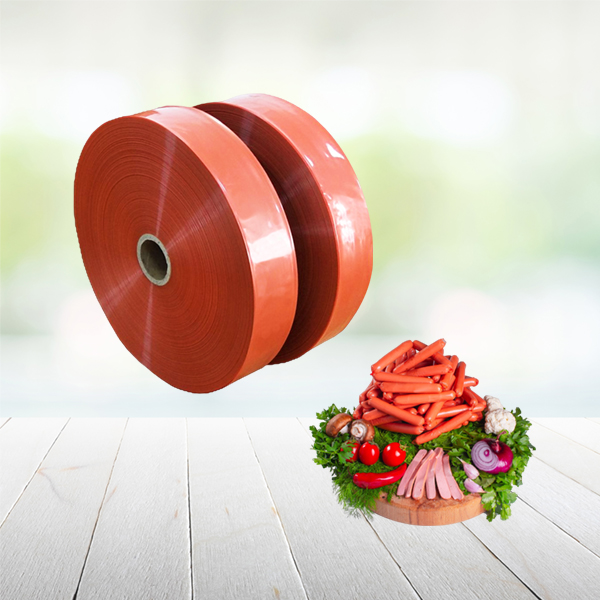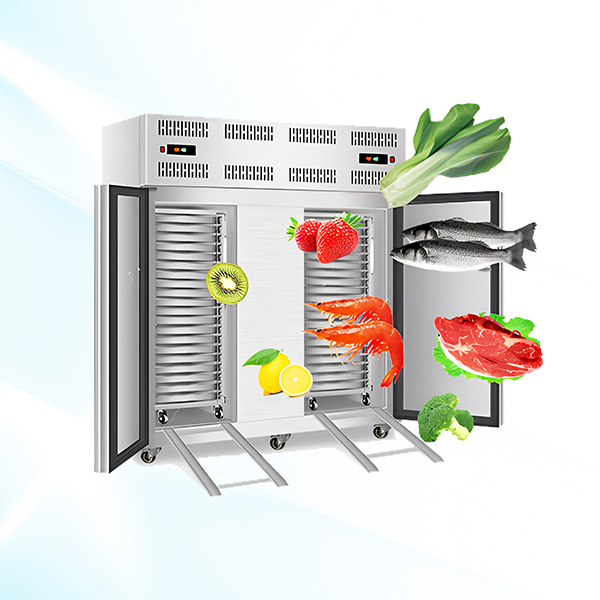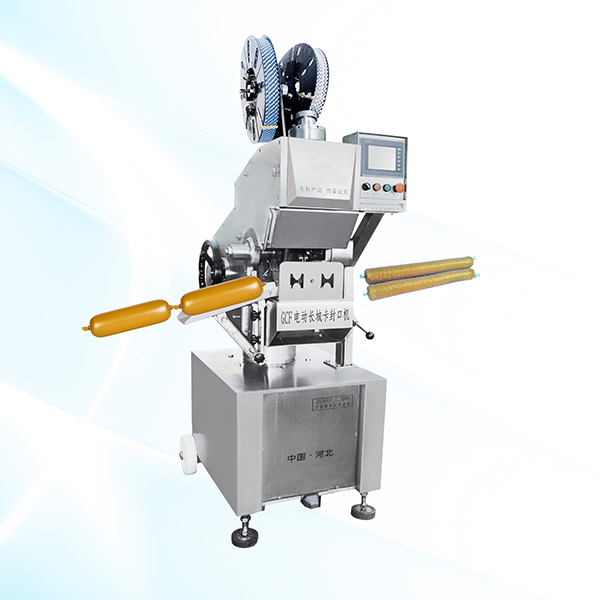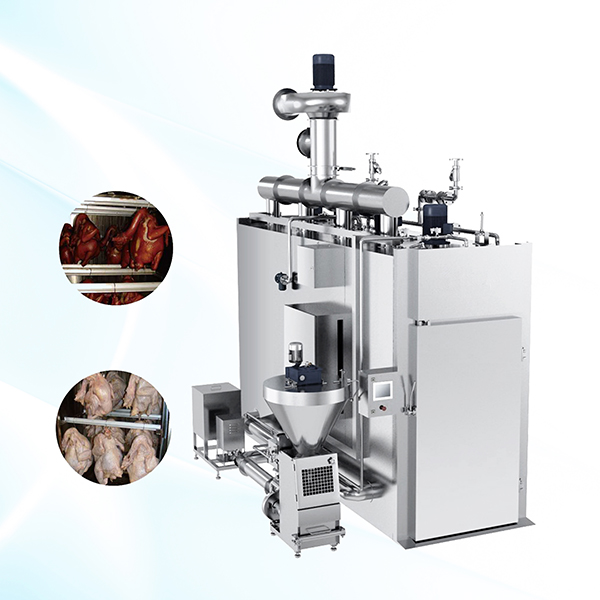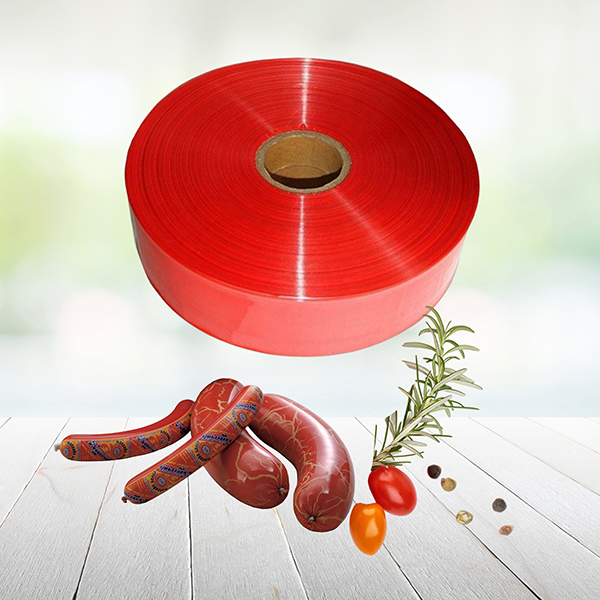According to the research report titled, ‘Food Processing Equipment Market by Type (Meat, Poultry, and Seafood Processing Equipment, Beverage Processing Equipment Bakery Equipment, Dairy Processing Equipment, Fruit and Vegetable Processing Equipment), Mode of Operation (Semi-Automatic, Automatic), and Geography - Forecast to 2030,’ the food processing equipment market is projected to reach $98.57 billion by 2030, at a CAGR of 5.8% during the forecast period 2023-2030. The report provides an in-depth analysis of the global food processing equipment market across five major regions, emphasizing the current market trends, market sizes, recent developments, and forecasts till 2030.
Succeeding extensive secondary and primary research and an in-depth analysis of the market scenario, the report conducts the impact analysis of the key industry drivers, restraints, opportunities, and trends. The growth of the food processing equipment market is driven by increasing demand for processed foods, a growing focus on food and worker safety, a growing need to increase productivity, food manufacturers’ increasing focus on reducing production costs, and government support to promote the food processing industry. However, the high cost of equipment and the consumers’ increasing inclination towards minimally processed food products restrain the growth of this market.
In addition, emerging economies such as Latin America, Southeast Asia, and Africa and a rapidly growing plant-based foods market are expected to generate growth opportunities for the players operating in this market. However, the lack of trained labor is a major challenge for market growth.
The key players operating in the global food processing equipment market are Bühler AG (Switzerland), Marel hf (Iceland), GEA Group Aktiengesellschaft (Germany), Bucher Industries AG (Switzerland), John Bean Technologies Corporation (U.S.), The Middleby Corporation (U.S.), Heat and Control Inc. (U.S.), SPX Flow, Inc. (U.S.), Alfa Laval AB (Sweden), Krones AG (Germany), Paul Mueller Company (U.S.), Tetra Pak International S.A. (Sweden), Bigtem Makine A.S. (Turkey), TNA Australia Pty Limited (Australia), and Hosokawa Micron B.V. (Netherlands).
The global food processing equipment market is segmented by type [meat, poultry, and seafood processing equipment (cutters and grinders; smokers, massagers, and tumblers; mixers; tenderizers; killing and defeathering equipment; slicers; evisceration equipment; cookers, roasters, and grillers; deheading and gutting equipment; filleting equipment; and other meat, poultry, and seafood processing equipment); bakery processing equipment (ovens and proofers; dough mixers; molders and sheeters; dividers and rounders; depositors; other bakery processing equipment); beverage processing equipment (brewery equipment; filtration equipment; carbonation equipment; blenders and mixers; and other beverage processing equipment); dairy processing equipment (pasteurizers, homogenizers, separators, evaporators and drying equipment, membrane filtration equipment, sterilizers, and other dairy processing equipment); chocolate and confectionery processing equipment (depositors; formers; coating and spraying systems; mixers; coolers; and other chocolate and confectionery processing equipment); fruit and vegetable processing equipment (juice extractors; peelers, cutters, and pulpers; dryers; evaporators; and other fruit and vegetable processing equipment); snack processing equipment (extruders; mixers; dryers; fryers; seasoning & flavoring equipment; and other snack processing equipment); and other food processing equipment], mode of operation (semiautomatic and automatic), and geography. The study also evaluates industry competitors and analyzes the country-level markets.
Based on type, the global food processing equipment market is segmented into meat, poultry, and seafood processing equipment; bakery processing equipment; beverage processing equipment; dairy processing equipment; chocolate and confectionery processing equipment; fruit and vegetable processing equipment; snacks processing equipment; and other food processing equipment. In 2023, the meat, poultry, and seafood processing equipment segment is expected to account for the largest share of the global food processing equipment market. The large share of this segment is attributed to growing meat production, high demand for processed meat products, growing focus on food safety requirements of meat processors, and consumer preference for protein-rich food products.
Based on mode of operation, the global food processing equipment market is segmented into semi-automatic and automatic. In 2023, the semi-automatic segment is expected to account for the largest share of the global food processing equipment market. The segment’s large share is attributed to the benefits of semi-automatic food processing equipment, such as greatly improved labor productivity, flexibility in production processes, and technical & economic feasibility.
An in-depth geographic analysis of the industry provides detailed qualitative and quantitative insights into the five major regions (North America, Europe, Asia-Pacific, Latin America, and the Middle East & Africa) and the coverage of major countries in each region. Asia-Pacific is slated to register the highest CAGR during the forecast period, mainly due to tremendous growth in its food & beverage industry, primarily due to increasing urbanization, growing health awareness, and rising disposable income levels.


